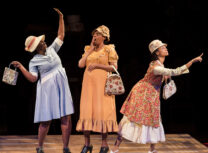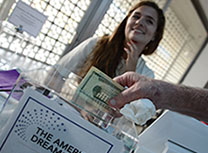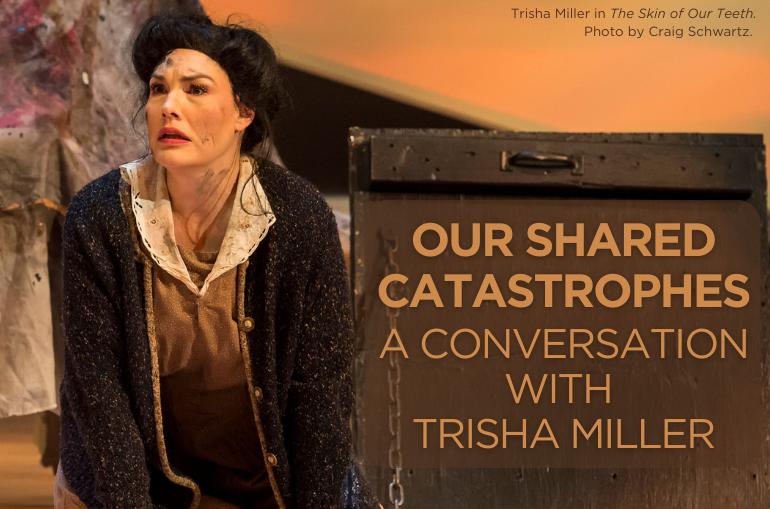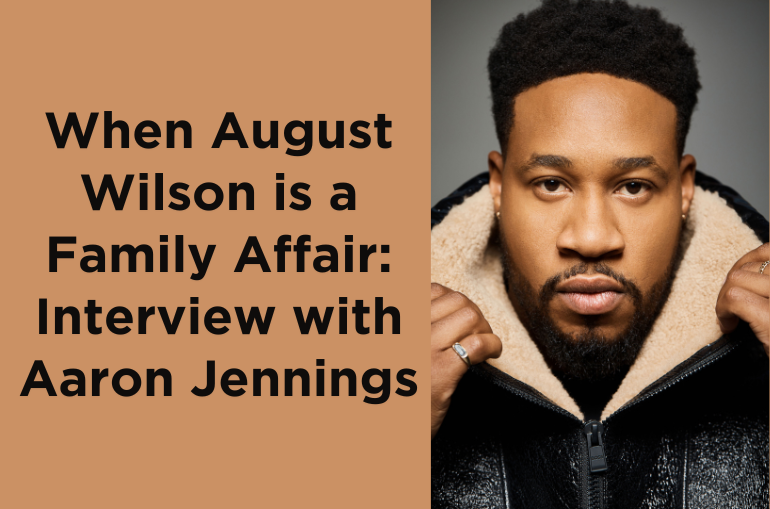Beyond Bah Humbug: Understanding How Social Inequity in A Christmas Carol is Part of its Enduring Appeal Today
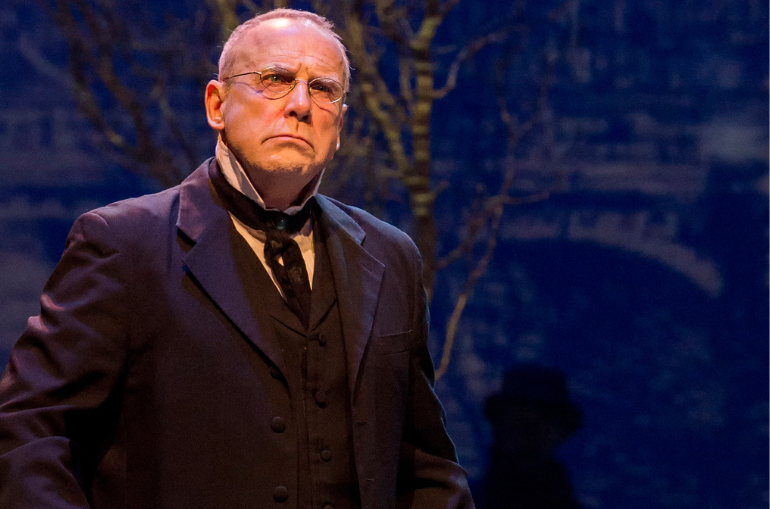
By A Noise Within
December 1, 2023
Charles Dickens’ timeless classic A Christmas Carol paints a portrait of Victorian England that seems to evoke a bygone era. But on closer inspection, our world today shares many of the social inequities that Dickens captured so vividly, and that he himself experienced as a child. And this portrait of social inequity and personal redemption—from its most tender moments to its most grotesque—would shape audience impressions for generations to come.
While Charles Dickens became one of England’s most celebrated authors, his family was often impoverished during his youth. When Dickens was just eleven years old, his father was imprisoned for debt, so the young Dickens was pulled out of school and sent to work in a factory to support his family. These early experiences played a significant role in shaping his work.
Dickens’ poverty-stricken youth influenced him profoundly, and he was determined to shine a light on this injustice. A Christmas Carol was originally conceived as a pamphlet entitled An Appeal to the People of England on Behalf of the Poor Man’s Child. Dickens wanted to address the plight of children who worked in grueling labor conditions, often twelve-hour shifts, for little money. Part of Dickens’ intention in A Christmas Carol was urging those with means to find the humanity to help those in need, and to remind readers that human beings were all “fellow passengers on their way to the grave.”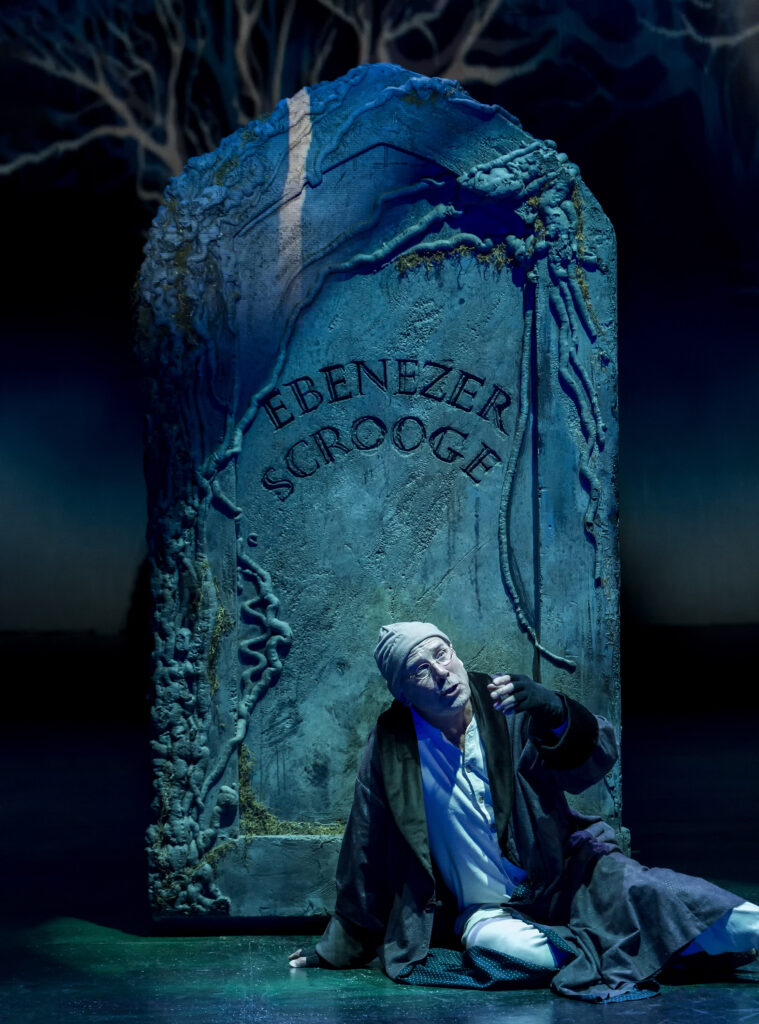
When A Noise Within theatre company settled in their East Foothill Blvd theatrical home in 2011, one of the first productions they mounted was A Christmas Carol, and it went on to become an annual Pasadena tradition. This play had been particularly meaningful to Co-Artistic Directors Geoff Elliot and Julia Rodriguez-Elliott for years, and in fact, Geoff faithfully adapted Dickens’ work into a production script that only uses lines from the original text. “It’s a story that still teaches us so much,” says Co-Artistic Director Julia Rodriguez-Elliott. “This is why it never gets old.”
Geoff Elliott, who both co-directs the production and embodies the role of Ebenezer Scrooge, identifies three elements of social inequity in the play that remain hugely relevant to audiences today.
- Scrooge and Cratchit: The prototype executive and employee paradigm: Scrooge pays Cratchit a pittance for his work, barely enough to provide for his family. These days OSHA can police better working conditions in the U.S., certainly an improvement over 1850s England. But examples of extreme wealth have only increased over time, especially the last couple of decades. In the U.S. in 2022, top CEOs earned 399 times more than the typical worker. Across the world, the richest 1% own almost half of the world’s wealth and 26 billionaires have more wealth than 50% of the rest of the world combined. The miserly Scrooge-model of unchecked corporate greed remains as pernicious as it was in Dickens’ time.
- Health care perils and the Tiny Tim dilemma: Victorian England was a cesspool of disease, including cholera, yellow fever, scarlet fever, smallpox, typhus, whooping cough, measles, tuberculosis, and rickets. Childhood illness was a real and often fatal threat. Many of these diseases have been largely eradicated by modern medicine. But what hasn’t changed is the prohibitive price of care, at least in the United States, where health care follows a for-profit model. Currently, 41% of American adults have some amount of medical or dental debt. A quarter of adults with healthcare debt owe more than $5,000, and 20% of those with debt don’t believe they will ever be able to pay it off. 17% of Americans with medical debt have lost their homes or declared bankruptcy because of that medical debt. So Tiny Tim’s physical vulnerability remains all-too familiar.
- The charwoman and the dangers of a frayed safety net: The charwoman, the laundress, and the undertaker are somewhat ghoulish characters in A Christmas Carol — they are a vision of a potential future of people who will pickpocket the dead Scrooge if he doesn’t change his ways. Obviously, the type of destitution of the Victorian era changed with inventions of programs like “social security.” However, homelessness rates have been climbing nationally by about 6% every year since 2017, and rates increased 38% this year in 20 major US cities. In Los Angeles, one needs simply to walk out the door to see that the social safety net isn’t exactly safe, and the scrounging of Dickens’ charwoman feels entirely believable.
Dramaturg Dr. Miranda Johnson-Haddad praises this adaptation of A Christmas Carol, “I love the ANW version because it’s so faithful to the original, and it retains so much of Dickens’ language. When those elements are sugar-coated, Dickens message becomes lost too.”
During this play, Scrooge undergoes a transformative journey guided by the Ghosts of Christmas. Scrooge’s self-reflection prompts everyone watching the play to consider our collective responsibility to address social inequities, and it encourages us to practice empathy and compassion in the face of persistent challenges in our own society. Geoff Elliott finds a sort of formula here. “We can go from A to Z and become completely different people, depending upon circumstances,” says Elliott. “We all have the potential to go from old Scrooge to new Scrooge, on a daily basis, on an hourly basis.”
Although the ANW production authentically portrays Dickens’ earnest concerns for social justice, that doesn’t mean the experience of the play is bleak — far from it!
This adaptation of A Christmas Carol at A Noise Within is bright and beautiful, suffused with music and magic, as it shows how light can triumph over darkness. Children, parents, and grandparents come to enjoy the experience together, perhaps because the morals of the story are so simple that young and old can appreciate them equally. The biggest lesson? We are all part of the same human family— “fellow passengers” as Dickens’ called it. Sometimes the simplest way to find joy in our own lives is to serve and enrich the lives of others. We do better when the people around us do better too.
And this makes Tiny Tim’s prayer as meaningful as ever: “God bless us, everyone.” 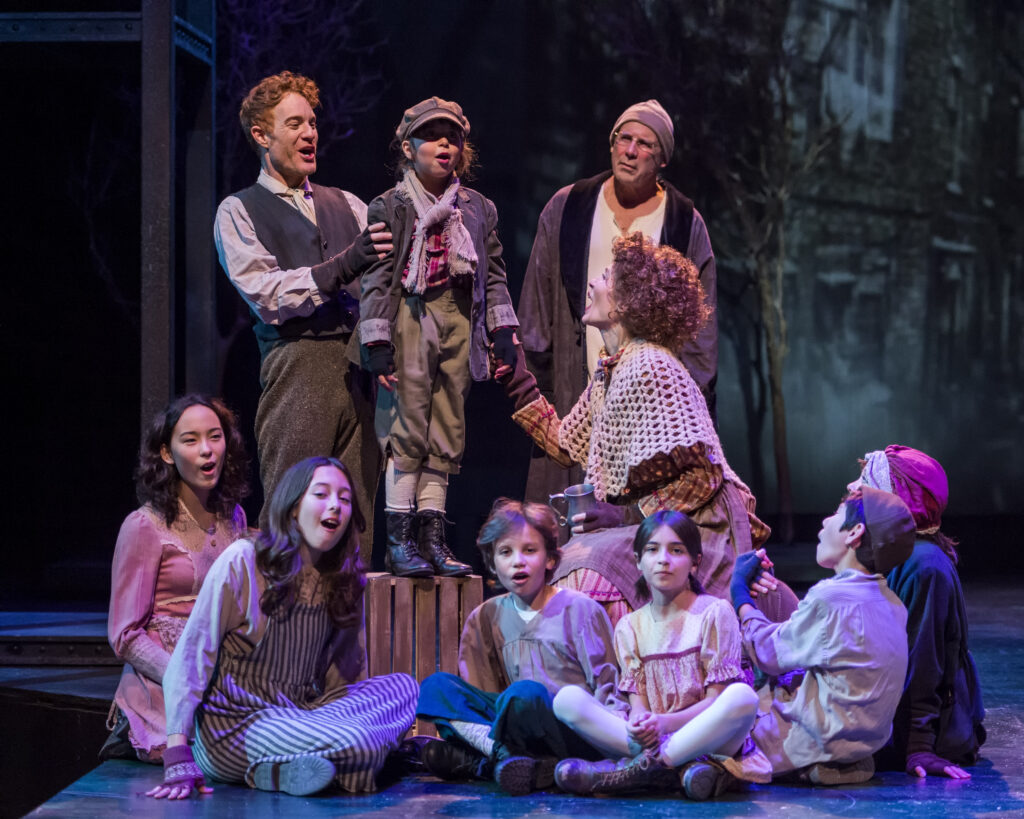
—
A Christmas Carol is on stage at A Noise Within’s theatre on Foothill Blvd., Dec 1-Dec 24. Please reach out to Box Office about limited availability for “Pay What You Choose” performance on Dec. 2. Relaxed performance for neurodivergent audiences is Dec. 3. Make this show a cherished part of your family’s holiday traditions. For more information, click here.
Images of Geoff Elliott and the cast of A Christmas Carol. Photos by Craig Schwartz.

